Federal Budget 2021: what the budget means for St George, the Sutherland Shire and the Illawarra
Multimillion-dollar road upgrades, a boost for craft beer brewers and relief for zoos and aquariums hit hard by COVID-19 are among the big Budget plans for Sydney’s south and the Illawarra.
St George Shire Standard
Don't miss out on the headlines from St George Shire Standard. Followed categories will be added to My News.
Road projects worth more than $250 million and a boost for craft brewers, zoos and aquariums are on the cards for Sydney’s south and the Illawarra as the Federal Government looks to bolster the tourism and hospitality sectors on the back off COVID-19.
A whopping $240 million investment in the Mount Ousley is part of a major $3.3 billion investment to push along priority road projects across NSW.
Another $19 million will assist redevelopment of the Far North Collector Rd network in Nowra.
Symbio Wildlife Park in Helensburgh is also among the nation’s zoos and aquariums which will benefit as the government extends the $94.6 million Supporting Australia’s Exhibiting Zoos and Aquariums program for another six months.
The multimillion-dollar measure was designed to support zoos and aquariums during decreased patronage caused by the COVID-19 pandemic.

Additionally, Sydney craft brewers will join the likes of the nation’s most esteemed winemakers in receiving major government rebates worth tens of millions of dollars to support lower prices and greater employment.
Australia’s craft beer brewers and distillers previously received a 60 per cent government rebates on their excise – but now they will receive a full refund up to an annual cap of $350,000 like Australia’s winemakers.
Senator Simon Birmingham previously told The Advertiser that slashing excises would allow brewers and distillers to invest in growth and create jobs.
“For others, they’ll put it into lower prices for consumers and that will make a bottle of gin or spirits or six-pack of beer cheaper relative to the imported products from overseas or interstate,” Senator Birmingham said at the time.
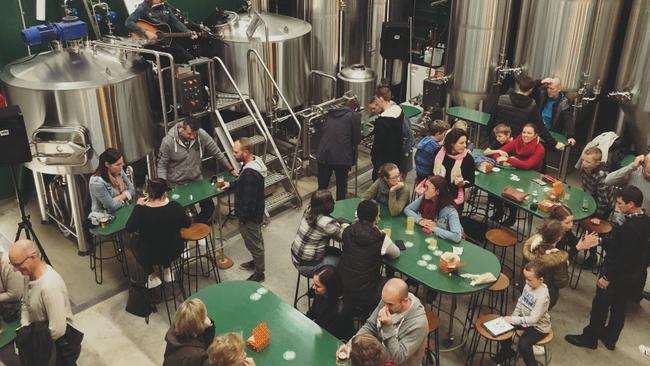
The government will invest $55 million in the scheme for the next three years and $60 million the year after that.
It is just one aspect of the government’s major focus on tourism and hospitality across the nation as international tourists remain out of reach during the COVID-19 pandemic.
In positive news for local industry, ANSTO at Lucas Heights will also receive $116.7 million for the next four years to support increased waste storage capacity and to undertake additional maintenance and infrastructure and equipment renewal.
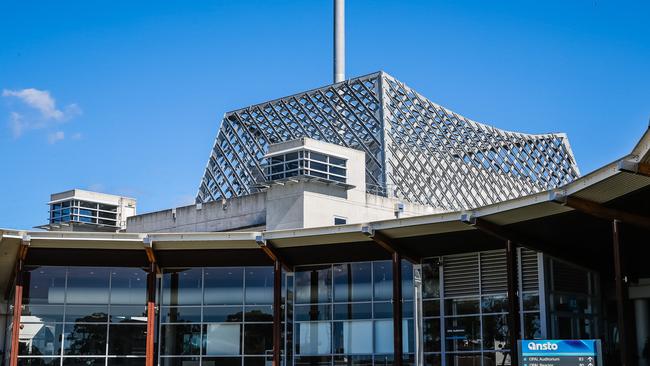
NEWSLOCAL’S BUDGET BREAKDOWN
HEALTH
The budget revealed the Australian Government will hand down $26.3 billion to support state health services, including $25.6 billion in National Health Reform funding.
When it comes to NSW-specific funding, the budget greenlit $7.655 billion in health support, with the National Health Reform funding resulting in a massive $7.5 billion for hospital services, $1.47 million for public health and a further $130 million in the COVID-19 health response.
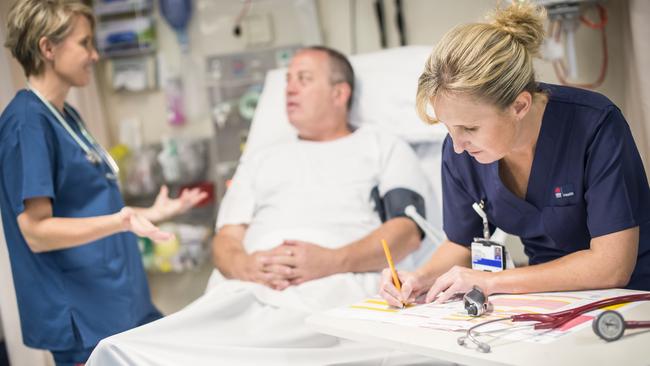
Treasury officials said the funding was “linked to growth in public hospital activity, the national efficient price and national efficient cost determined by the Independent Hospital Pricing Authority”.
Meanwhile, a further $32.5 million will go into community health, hospital and infrastructure projects to ensure patients “can access the care they need, where they need it”. while budget papers also revealed public dental services for adults would get a $34.4 million boost across the state this year.
End-of-life care in NSW will also benefit from a further $2 million, while Specialist dementia care facilities will receive a further $300,000 in the 2021-2022 Federal Budget.
“The Australian Government is providing funding to improve access to palliative care for older Australians living in residential aged care facilities, supporting new approaches, such as ‘in reach’ services, that will improve palliative and end-of-life care,” Treasury officials said in the budget.
EDUCATION
A massive $24.848 billion has been allocated in education funding, mostly made up by the $24.436 billion in “Quality Schools funding to government and non-government schools in all state”.
Public schools across the state will divide up $3 billion in Federal Government funding, whereas non-government schools will benefit from $4.454 billion in federal support.
TAFE students are also set to benefit, with $5 million in statewide funding to “improve vocational education infrastructure, ensuring TAFEs are equipped to deliver training to the standards expected by students and industry”.
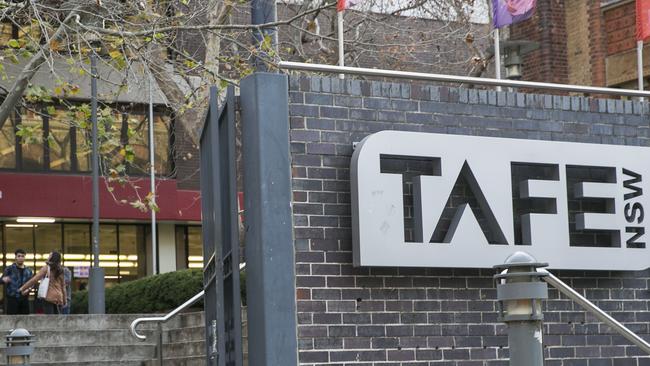
While $40 million in Skilling Australia’s funding will go to increase training in NSW occupations in high demand, currently relying on skilled migrants, future growth industries, and rural and regional areas.
A Treasury spokesman said there was a “strong focus” on apprenticeships and traineeships.
The government will allocate more than $26 million for the next four years to help tertiary alternatives to university to attract more domestic students through 5000 additional short course places in 2021.
A $1.1 million boost to the end of 2021 will also create new employment pathways for university students and boost incentives for universities to enrol students in “industry PhDs”.
TRANSPORT
A further $42.9 million in black spot funding will be rolled out to “improve the safety of road sites that have been identified as high-risk areas for serious crashes”.
“Funding is aimed at improving sites that have a record of at least three accidents involving casualties over a five-year period and can demonstrate a benefit-to-cost ratio greater than two,” treasury officials said in budget papers.

NSW motorists are set to benefit from a massive $1.324 billion in roads investment funding, while commuters will be supported by an $879 million investment in Rail funding.
Budget papers also announced the allocation of $141.4 million in cash towards the Urban Congestion Fund, which aims to “remediate pinch points, improve traffic safety and flow and increase network efficiency for commuter and freight movements in major urban areas”.
RECREATION
Fishers and campers across NSW will also benefit from $2.1 million in funding for local councils to improve, maintain or build new boating, marine rescue, fishing and camping facilities.
TOURISM AND HOSPITALITY
The tourism and hospitality sectors will receive a welcome boost as the government temporarily allows student visa holders in those sectors to work more than 40 hours per fortnight.
This builds on previous measures in response to COVID-19 which allowed international students in critical sectors such as agriculture, health and aged care to also work more than 40 hours per week.
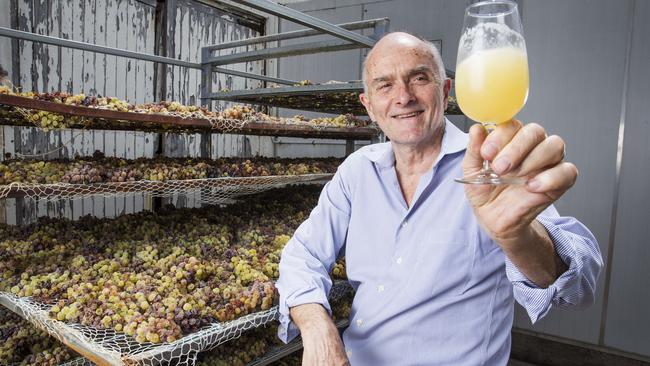
Craft beer brewers will join winemakers in receiving a $55m boost for the next three years and $60m the year after in tax refunds of any excise they pay up to $350,000.
The government plans to provide additional support to small distillers and brewers detrimentally affected by COVID-19 and boost Australia’s craft brewing industry.
ENVIRONMENT AND DISASTER RECOVERY
When it comes to the environment and disaster relief, the state will benefit from $125 million in Disaster Recovery Funding arrangements. Meanwhile, NSW is also set to receive $15.6 million this year to provide “strategic on-ground support for the most impacted native species, ecological communities and natural assets across seven bushfire-affected regions”.
STORMS AND FLOODS
Primary producers and small businesses affected by storms and floods in Australia will be eligible for income tax exemptions on relevant grants.
The grants which are tax exempt include the small business recovery grants up to $50,000 and primary producer grants up to $75,000 handed out after heavy rain events between February 19 and March 31 this year.
NSW will receive $162.8 million over the next three years to help clean up damage caused by the February and March 2021 floods through the Disaster Recovery Funding Arrangements.
A further $94.6 million will fund grants supporting primary producers and small businesses affected by these floods.
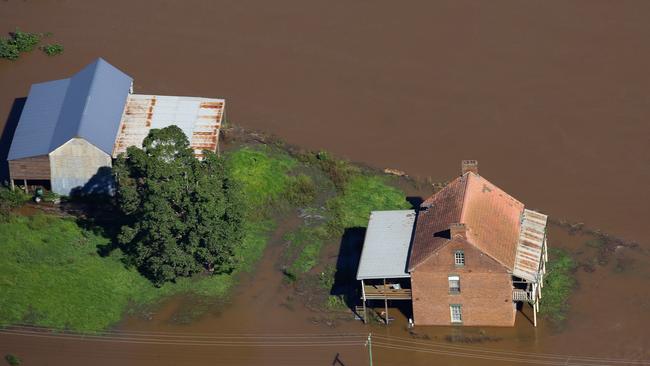
DROUGHT
A $212.2 million package over the next four years will support farmers and communities to continue to manage drought.
The Future Drought Fund will receive $172.5 million over the next four years to continue programs and activities to support long-term drought resilience and help bolster primary producers, rural and regional communities, and their local governments.
Another $25 million over the next year will extend the On-Farm Emergency Water Infrastructure Rebate Scheme.
FIRE
Another $4.5 million will support a Bushfire Community Recovery and Resilience Fund to support those affected by the 2019-20 bushfires in NSW.
An Aboriginal Land Clean-up project and a Green Waste Grants project responding to those bushfires will also receive a $32.5 million.
DISASTER RECOVERY
A new national agency will support local communities to respond to large-scale natural disasters and address the impact of future events and climate change.
A $1.2 billion package over the next five years will help improve Australia’s capability to prepare for, respond to and recover from natural disasters.
Emergency Management Australia in the Department of Home Affairs will co-ordinate Responses to national emergencies and a new National Recovery and Resilience Agency will focus on resilience to and recovery from hazards and disasters.
The Rural Financial Counselling Service will get an $8.5 million boost to improve service for primary producers experiencing financial hardship, as well as extended support for rural and regional small businesses affected by drought, COVID-19 and the 2020 bushfires.
NSW will also receive $5.4 million over the next four years for the Disaster Risk Reduction Scheme.
LOCAL GOVERNMENT
Josh Frydenberg’s Federal Budget also revealed $409 million in financial assistance for NSW local councils, including $118 million specifically committed to local roads.
“This cash injection will give councils immediate access to funds to help manage the cumulative impacts of drought, bushfires and the COVID-19 pandemic,” Treasury officials said.

“Funding under the Financial Assistance Grant program is paid through state governments to local governments.
“Both funding components are untied and can be spent according to each local government’s own priorities.”


